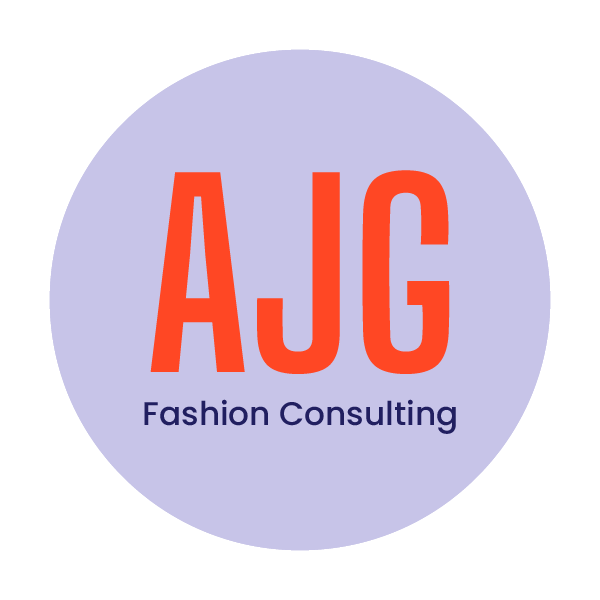The Ultimate Fabric Sourcing Guide for Fashion Designers
This blog is part of our Ultimate Guide to Starting a Clothing Brand. Check it out for more info.
Every success in the fashion industry starts with the right types of fabrics. Your choice of fabric types can transform your vision into reality or send it in an entirely different direction. For this reason, many fashion designers find the process of sourcing the perfect fabric to be daunting. In this guide, we'll walk you through the essential steps and potential pitfalls to help you navigate the complicated world of fabric sourcing.
The Essential First Step: Order Samples
Before you dive headfirst into designing your garment, consider ordering fabric samples. Exploring a variety of fabrics before the design phase allows you to adapt your creative ideas based on the available materials. Sampling is the initial step in building a robust fabric sourcing strategy, providing flexibility and insight. You can also use garments as a reference for fabric, but a supplier may want to cut the garment to analyze the fabric, so make sure you communicate clearly if you want your item returned undamaged.
Now, let's delve into the right questions to ask and what to look for when sourcing fabric.
Topics to Mention to Potential Suppliers
Minimum and Maximum Quantities
Many fabric suppliers impose minimum order quantities that may not align with the needs of emerging designers. Seek alternative materials from low minimum suppliers or negotiate terms that work for both parties. Some types of suppliers, like SwatchOn, offer a minimum order quantity as low as one meter, allowing you to scale your production gradually.
Utilize Available Fabrics
Some smaller brands rely on fabrics that are already produced and held in stock by suppliers, which allows them to offer lower MOQs. These stock fabrics can come in a variety of readily available colors and prints, but act fast - these can sell out quickly. The mill may restock the fabric with new yardage, but be aware that there may be slight variations in color, weight, weave, and appearance between fabric lots, so you may not want to blend lots in the same production run. Ask the mill for headers of each lot before ordering bulk fabric to double-check if the variance will be acceptable.
Lead Time
Understand the production of the fabric and delivery lead times to effectively plan your production schedule. Don't assume quick turnaround times, especially for large orders, as fabric may need to be made to order - and don’t forget to calculate fabric transport times as well. Your factory won’t start production until all materials are in hand.
Repeat Orders
Ensure stock availability and continuity, especially if you initially order a limited quantity for sampling. Imagine the frustration of discovering that your chosen fabric has been discontinued when you need it for production. Confirm that the fabric will remain in stock for future orders.
Pricing
Be aware that smaller quantities of materials often come at a higher cost. Ask about wholesale or tiered pricing structures, as this can impact your overall profit margins.
Fabric Width
Verify the fabric's width, as it may not necessarily conform to standard measurements. Create a marker for your pattern pieces before ordering to determine the required yardage accurately. Your factory can help you determine the most efficient way to cut the fabric.
Prioritize Sustainability and Ethical Practices
In an era of increasing consumer awareness, sustainability and ethical considerations should play a significant role in your fabric sourcing strategy. Ask your suppliers for any organic, sustainable, or recycled options. Some mills offer certifications such as OEKO-TEX Standard 100, or can offer other 3rd party tests to confirm the safety of their materials. Ensure your fabrics are PFAS free, and that yoy understand the laws and regulations around PFAS (Perfluoroalkyl and polyfluoroalkyl substances), which are already banned in many US markets.
Common Hiccups to Avoid
Fabric sourcing can be fraught with challenges for new designers. Here are a few things to look out for when looking for the perfect fabric.
Be Ready to Compromise
While it's essential to have an idea of your ideal fabric, be prepared to compromise on factors such as fiber type, color, price, eco-credentials, and weight. The search for the "perfect" fabric can lead to wasted time and resources. Instead, strike a balance by finding a fabric that aligns with your design, meets essential requirements, and fits your budget.
Stock Continuity
Stock continuity is another stumbling block. Imagine designing around a fabric only to discover it's discontinued when you're ready for the production process. To prevent such disappointments, ask the critical questions mentioned earlier before taking off on your design journey.
Types of Suppliers
For full-scale production, rely on a reputable wholesale fabric supplier who can guarantee the fabric you need. Suppliers come in various categories.
Mills
These offer made-to-order fabrics with minimums often exceeding a thousand yards.
Converters
Secondary sources that process unfinished products from mills and provide printed fabrics, specialty effects, and different colors.
Jobbers
Suppliers who carry limited stock of excess fabric from converters and mills, selling it at reduced prices. Be cautious with jobbers, as they may not have repeat fabrics.
Additionally, trade shows are excellent venues to meet potential suppliers and examine their sample offerings.
The Right Fabric Sets the Stage
Fabric sourcing is a pivotal aspect of fashion design. By meticulously considering factors like minimum quantities, lead times, sustainability, and supplier reliability, you can develop a strong fabric sourcing strategy that ensures your vision is made a reality. Remember, the right fabric sets the stage.
Ready to launch your clothing brand? AJG Fashion Consulting can help. Feel free to reach out, and let's get started!


